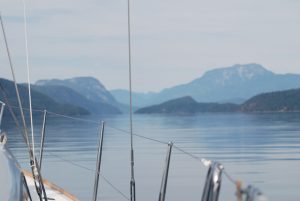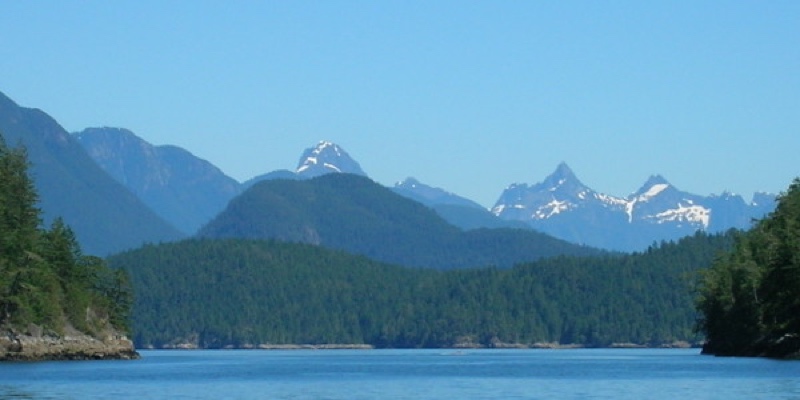
Desolation Sound Marine Park
Desolation Sound Marine Park is the
largest Marine Park in B.C. and has over 6,350 acres of shoreline, water
and wildlife. Locally, the park is referred to as having 3 major
anchorage areas – Prideaux Haven, Tenedo’s Bay and Grace Harbour
although there are many other safe anchorages protected by high cliffs,
islands or mountainsides.
Prideaux Haven
This is easily one of the most beautiful
anchorages in Desolation Sound. Get into your dinghy or kayak and go
exploring the tiny coves, islands and inlets which make up this area.
Tenedos Bay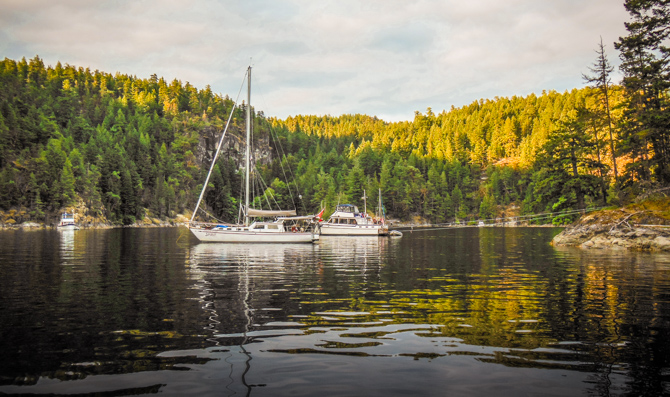
This bay is to the east of Mink Island in
Homfray Channel. The most protected and favorite places to anchor are
on the northern shore or at the head of the bay, near to Unwin Lake.
There is an easily visible trail from the anchorage which leads you
directly to Unwin Lake. This is a delightful lake to have a fresh water
swim and is a great place to base yourself and explore by kayak Mink,
Curme and Otter Islands. At Tanedos Bay there is also a campsite, pit
toilets and an information board.
Grace Harbour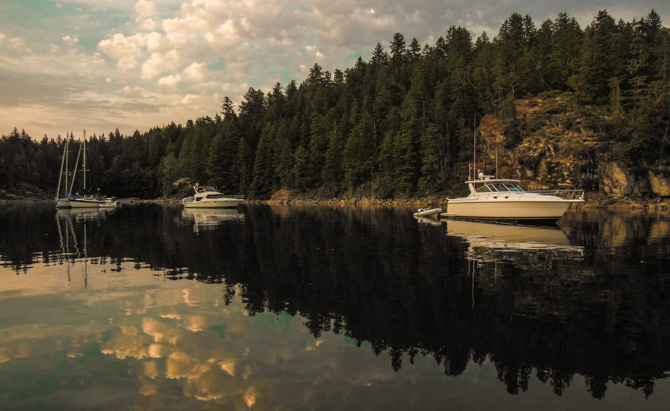
If you’re already in the area of
Desolation Sound and think the scenery can’t get any better then sit
back in the cockpit and be prepared to be wowed by Grace Harbour. Out in
the Sound the weather may well be causing some waves but inside,
enclosed Grace Harbour it is always calm. This is a small anchorage on
the mainland of British Columbia and is accessed by Malaspina Inlet.
Throw out your anchor and relax or jump
in your dinghy and find the path through the woods to a small lake.
Bears and wolves live in the woods, but they will see you way before you
see them. You’d be incredibly lucky to see them. Look out for old
logging machinery – garbage or interesting, historic remnants to
treasure. You decide!
From all of these anchorages watch out for incredible wildlife on land, in the sea and up in the sky.Highlights are:
Birds of Prey:
Bald Eagles
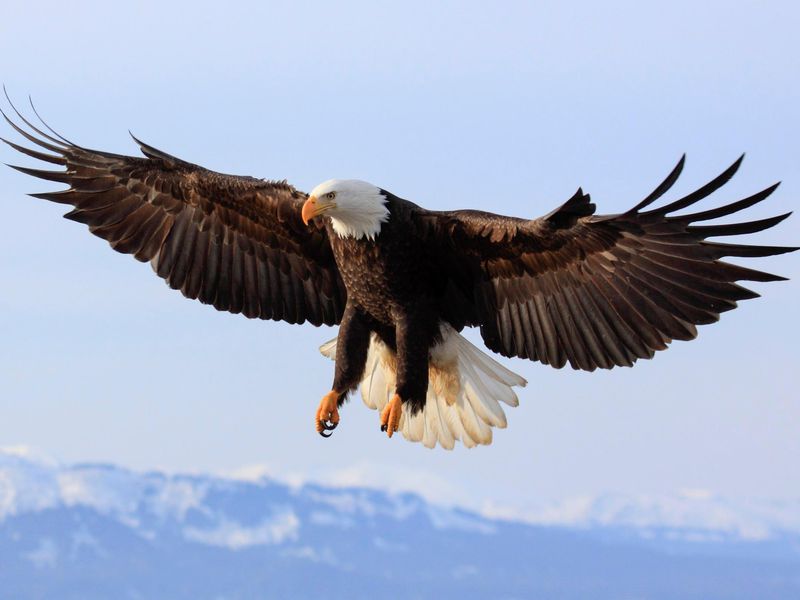
Desolation Sound is lucky enough to have a
healthy population of Bald eagles. You can recognize them by their
white head feathers and their enormous nests. Their nests are built year
on year as they return to the same location by the sea where they can
feed on fish.
Ospreys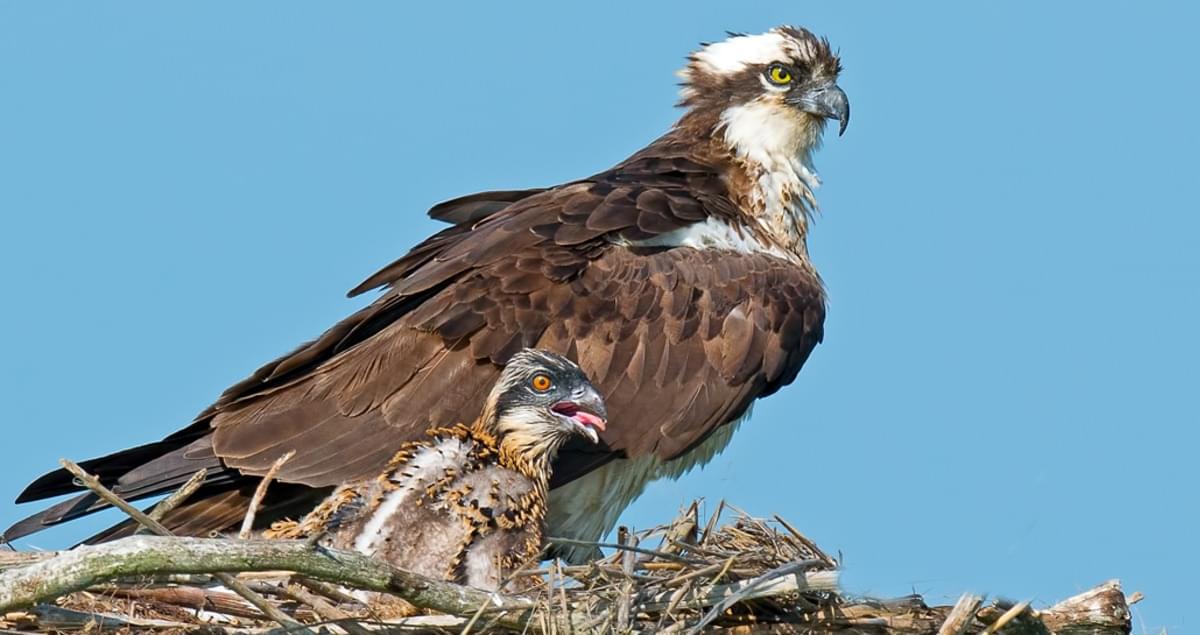
These birds are also known as fish hawks and are fantastic fish hunters.
They are expert at spotting and diving for fish and can be easily spotted by their black and white markings underneath.
Turkey Vultures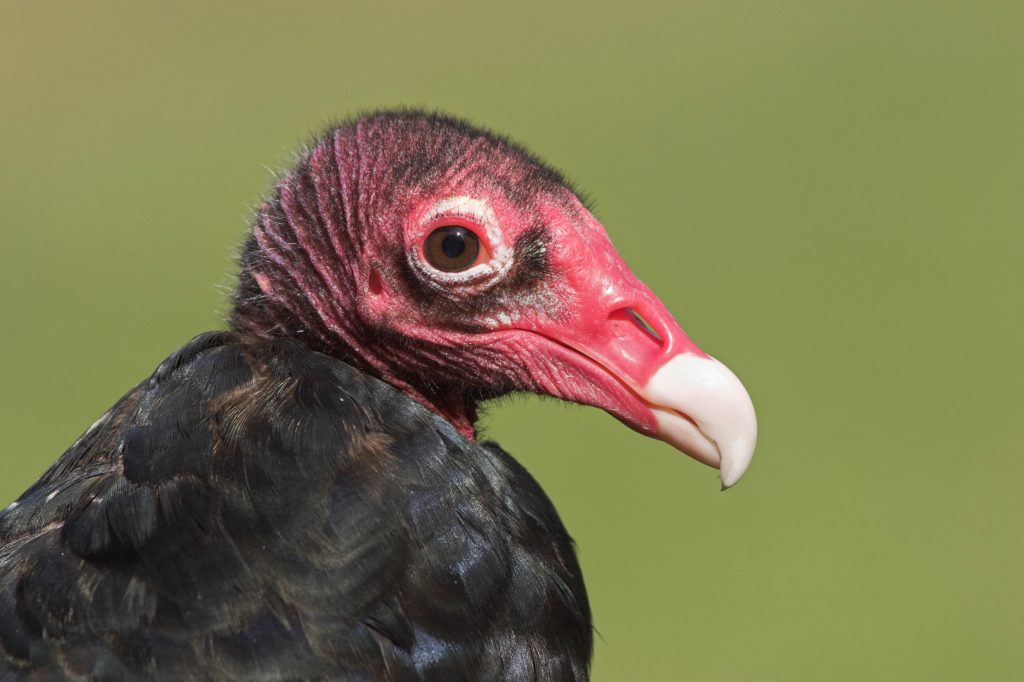
These are seen circling way up high. They
live off dead animals and their amazing sense of smell enables them to
easily find food. You can spot a turkey vulture by its gliding flight on
the thermals which they use to conserve energy.
Shore Birds:Cormorants
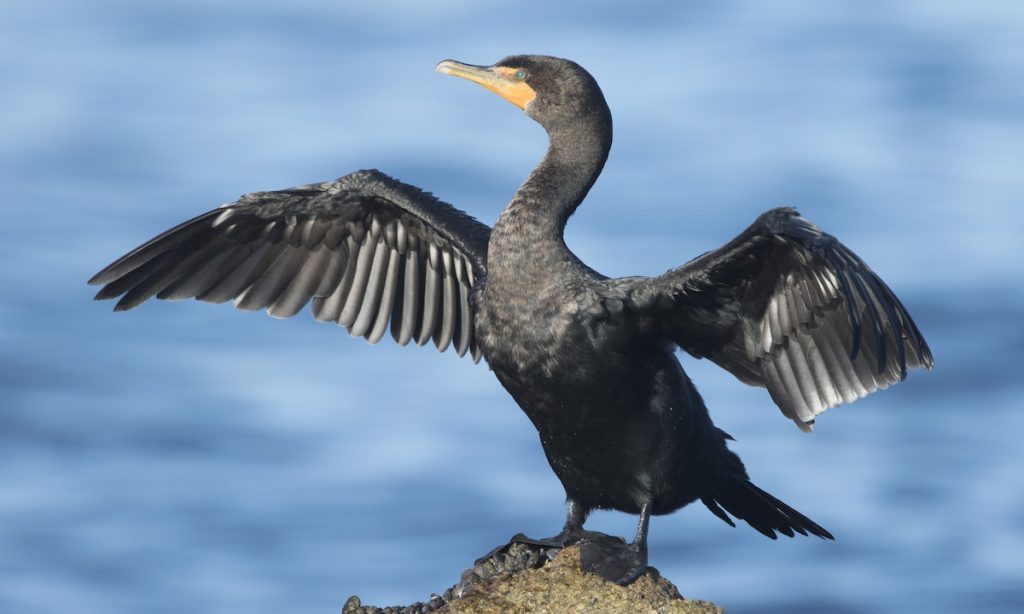
Cormorants are in abundance in Desolation Sound and you will see large groups on the shore or on floating logs.
When they’re not diving for food they
spend a lot of time drying their wings. Unusually for diving birds their
feathers are not waterproof which means they can dive deeper for fish
but need to be looked after!
Kingfishers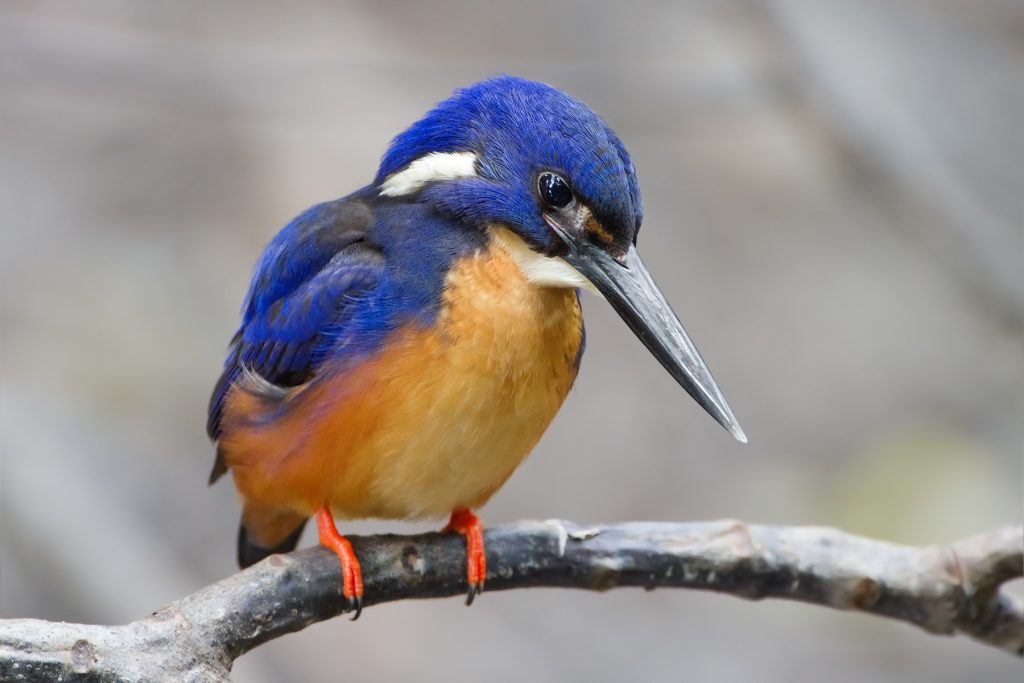
As you’re kayaking or rowing your dinghy
near to the coastline look out for the blue and white kingfishers. If
you’re lucky you might see one diving for food. They take their time
hovering over the water and then they seem to think, ok lets just go for
it and throw themselves in the sea. 2 seconds later they’re out the
water with more often than not a fish in their mouth.
Oyster Catchers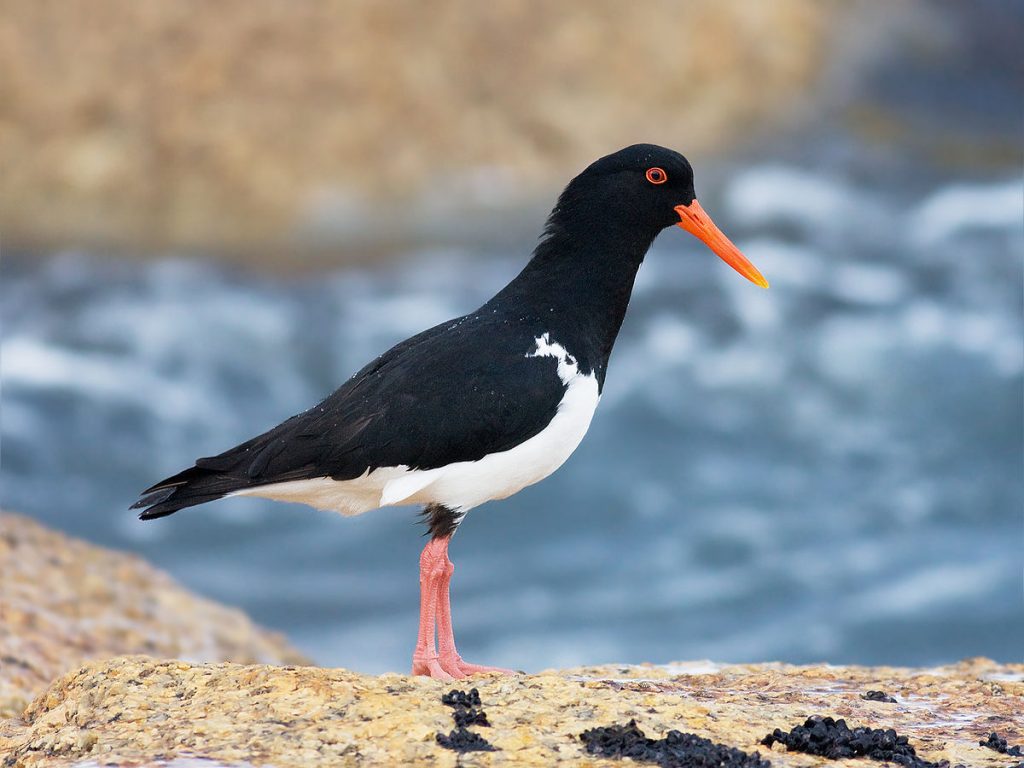
Oyster Catchers with their bright orange
beaks and jet black feathers are masters of prying open shellfish.
Strangely, they don’t eat oysters simply because their beaks aren’t
strong enough to open the shells. Their main diet is infact mussels and
limpets. Apart from their bright orange beaks they’re also known for
their distinctive sounding “melody” which sounds like human screams.
Great Blue Herons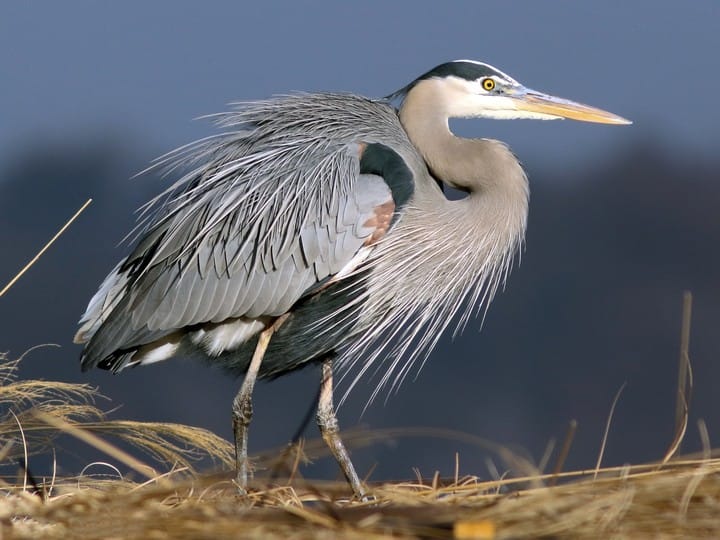
There are not so many Great Blue Herons,
but you’ll spot these large birds by it’s majestic form as it wades
through the shallow waters in search of food.
Mammals on Land
If you’re new to Canada it’s especially
exciting to see some of the wildlife. In early spring black bears come
down to the shore and feed on herring spawn and in the fall they hang
out at rivers where they know there are salmon. They love the salmon for
their rich meat and their need to increase their weight before they
huddle down in their winter dens. The coastal grizzly bears are less
common than the black bears but if you are very lucky can be seen in the
North of Desolation Sound in the fjords.
River otters love shellfish, fish and if
they can get them young sea birds. They sleep and nest on land in hollow
logs or tucked away in accessible tree roots.
Minks are no longer farmed for indulgent
fur coats for mankind. They are common in Desolation Sound, but are very
shy and you are unlikely to see one. If you are lucky you may see one
scampering across the rocks. They eat small rodents, fish, shellfish,
frogs and birds.
Cougars and wolves are present in the
forests of Desolation Sound, but you will be extremely lucky to see one.
If you do see one it’s a good idea to keep your children and pets
close. Never camp and leave food out.
Sea Lions and Seals 
Spring or fall is when you are most
likely to see Sea Lions. In the summer they seem to normally head south
to California. Sea Lions have a distinctive honking noise. Look out for
them resting on rocks or resting in the water with with their flippers
in the air (to reduce heat loss). You’re more likely to see seals than
sea lions. If you’re on the water and it’s hot with a low tide you’re
likely to come across seals enjoying the hot weather. Huge colonies of
seals gather near the cliffs on the western shore of Kinghorn Island and
at Major Rock north of Lund.
Find out more at Nanaimo Yacht Charter and Sailing School
News and Updated
Blog : http://www.nanaimoyachtcharters.com/blog/
WordPress : http://www.nanaimoyachtcharters.wordpress.com
Blogspot : http://nanaimoyachtcharters.blogspot.com/
Google Plus : https://plus.google.com/+Nanaimoyachtcharters/
Twitter : https://twitter.com/Nanaimo_YCSS
Pinterest : http://pinterest.com/nanaimoyacht/boards/
Slideshare : http://www.slideshare.net/nanaimoyacht
Facebook : https://www.facebook.com/nanaimoyachtcharters

 Panorama Ridge[/caption]
Panorama Ridge[/caption]


